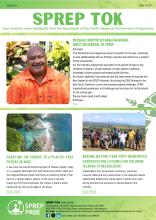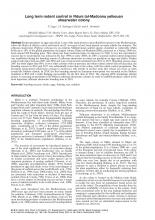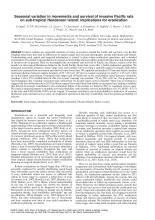Testing auto-dispensing lure pumps for incursion control of rats with reduced effort on a small, re-invadable island in New Zealand


Biodiversity Conservation, BRB
Available Online
Barr, S.
,
Carter, A.
,
Dam, R. van
,
Peters, D.
2019
In locations with a high potential for re-invasion, such as inshore islands, sustained control of invasive species is as important as the initial knock-down for the long-term recovery of native populations. However, ongoing trap maintenance and lure replenishment are barriers to minimising the time and financial costs of long-term suppression, even when automatic traps are used. Control of invasive mammal species is a high priority for the more than 200 islands within Rakiura National Park in southern New Zealand, many of which support nationally and internationally threatened endemic species and ecosystems. We previously used automatic, toxicant-free traps to control rats on Native Island, a 62 ha inshore island within the National Park, where tracking indices were 73% in mid-2013. After 18 months, tracking indices remained below 10%, and site visits were reduced to twice per year, following introduction of novel auto-lure pumps. Tracking indices for rats remained low after six months, then increased to 37% in May 2017. That increase, as well as small fluctuations in measured activity levels throughout the study, could indicate continued incursion from the mainland, highlighting the importance of continued suppression. Additional work is needed to determine the limitations of the automatic lure dispensers and optimise their use for long-term suppression of pest mammals in ecosystems that are highly vulnerable to re-invasion.







